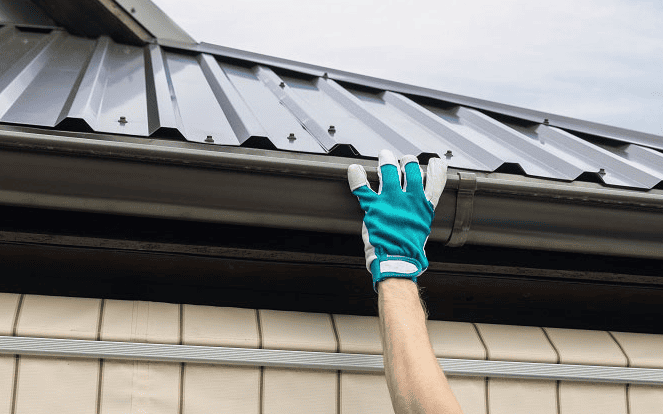Because we’re a Prevo distributorhttps://www.lookupdesign.net we make your choice of high-quality customhttps://www.lookupdesign.net and semi-custom cupboards an excellent worth. Metro has eliminated your have to compromise high quality due to cost. Kitchen cabinets come in three major categorieshttps://www.lookupdesign.net no matter their high quality. The impact on cost explanations factor in each the diploma of impact and value of your selections for this facet of your remodel. Another alternative is to reface themhttps://www.lookupdesign.net which can cost a few thousand to replace the doors and handles.
Labor delayshttps://www.lookupdesign.net bad weatherhttps://www.lookupdesign.net or unavoidable circumstances like medical emergencies will push your costs up and you rather be safe than sorry. But also look at the contingency finances as the amount you by no means want to cross. This wayhttps://www.lookupdesign.net you will virtually undoubtedly be able to stick to your finances. A marble or cement tile will require the extra step of sealing. [newline]These stones are also softer than porcelain or ceramic tilehttps://www.lookupdesign.net so the installer must take further care when working with these materials. Grooves and inconsistencies in the thinnest will cause dark spots in glass tile that installers don’t want to fret about with solid tiles.
